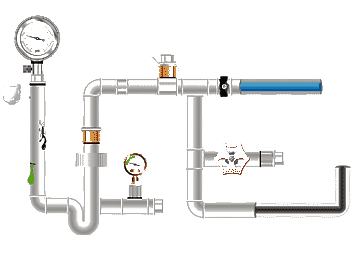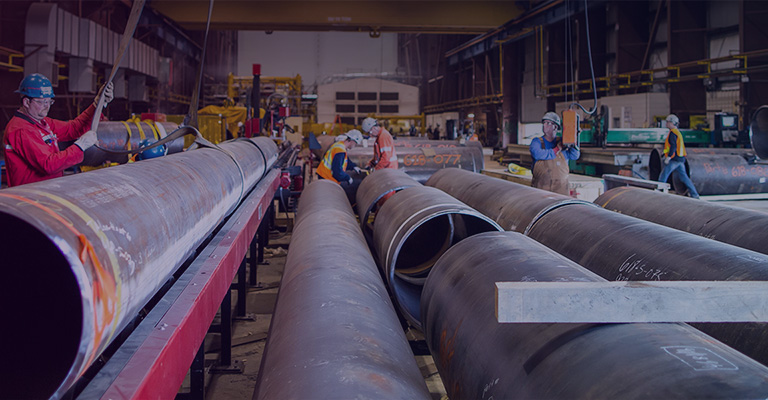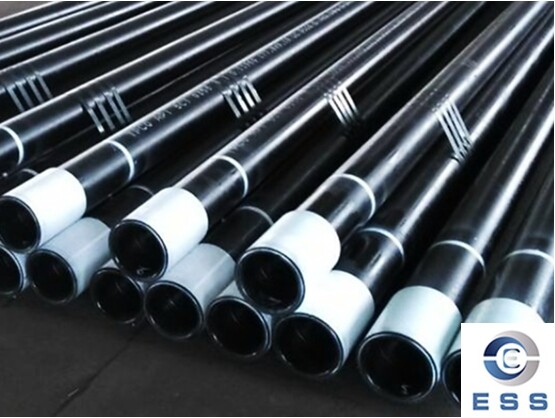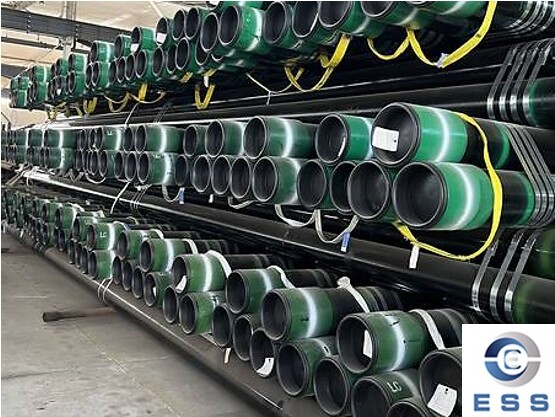
Different types of OCTG
pipe materials
OCTG pipes are pipeline systems used in oil
field exploitation, generally divided into two types: tubing and casing pipe. As
an important drilling tool, the material of OCTG pipes needs to have high
strength, high corrosion resistance, high temperature and high pressure.
1. Carbon steel
Carbon steel is currently the main material
of OCTG pipes. Its main characteristics are high strength, good plasticity and
poor corrosion resistance. This material is suitable for general oil well
conditions.
2. Alloy steel
Compared with carbon steel, alloy steel has
better corrosion resistance and high temperature and high pressure performance,
and can achieve higher strength levels after treatment. Under more demanding
oil well conditions, alloy steel is a more common material choice.
3. Stainless steel
Stainless steel has good corrosion
resistance, but its price is relatively high and is generally only used under
highly corrosive conditions.
Differences and application areas of
different materials
Although the materials of OCTG pipes are
different, they also differ in applicable conditions and application areas.
1. Applicable conditions
In the mining process, the application
scope of different OCTG pipe materials varies. According to different terrain,
geological characteristics and oil production schemes, suitable materials need
to be selected. For example, in harsh environments such as acid,
corrosion-resistant alloy steel and stainless steel are required.
2. Application fields
The application range of different OCTG
pipe materials also varies. For example, in horizontal wells and ultra-deep
wells, higher-strength alloy steel materials are needed to ensure the stability
and bearing capacity of the wellbore.
3. Well depth
As the well depth increases, OCTG pipe
materials need to withstand higher pressure and stress, and usually require
higher strength and better fatigue resistance.
4. Well diameter
The well diameter determines the size and
wall thickness requirements of the pipe. Under different well diameters, OCTG
pipe materials need to provide sufficient bearing capacity under limited space
conditions.
5. Reservoir conditions
The temperature, pressure and chemical
environment (such as corrosiveness) of the reservoir directly affect the
selection of OCTG pipe materials. Under high temperature, high pressure or
strong corrosion environment, better performance materials are usually
required.
Conclusion
The above are the three commonly used
materials in OCTG pipes and their characteristics and application fields. For
those who need to choose OCTG pipe materials, they need to make comprehensive
considerations based on the actual situation and choose the most suitable
material type.









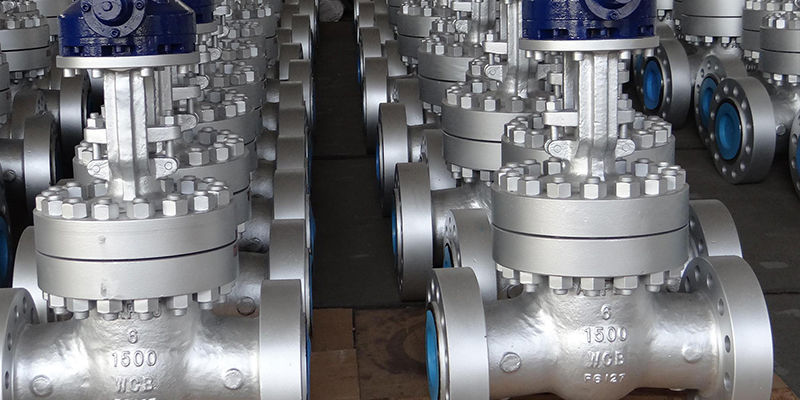



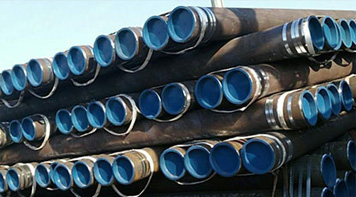 Eastern Steel Manufacturing Co.,Ltd not only improve product production and sales services, but also provide additional value-added services. As long as you need, we can complete your specific needs together.
Eastern Steel Manufacturing Co.,Ltd not only improve product production and sales services, but also provide additional value-added services. As long as you need, we can complete your specific needs together.
